Success Stories: Transforming City Water Bodies
Chosen theme: Success Stories: Transforming City Water Bodies. Dive into inspiring revivals of urban rivers, lakes, and canals that turned concrete edges into living blue–green hearts of the city. Share your neighborhood story, leave a comment, and subscribe to follow the next transformation.

Removing a highway sounded impossible until leaders matched urgency with transparency, and residents showed up weekly. Shared sketches, pop-up walks, and heat-mapping built trust, turning a dream into a codified, funded plan.
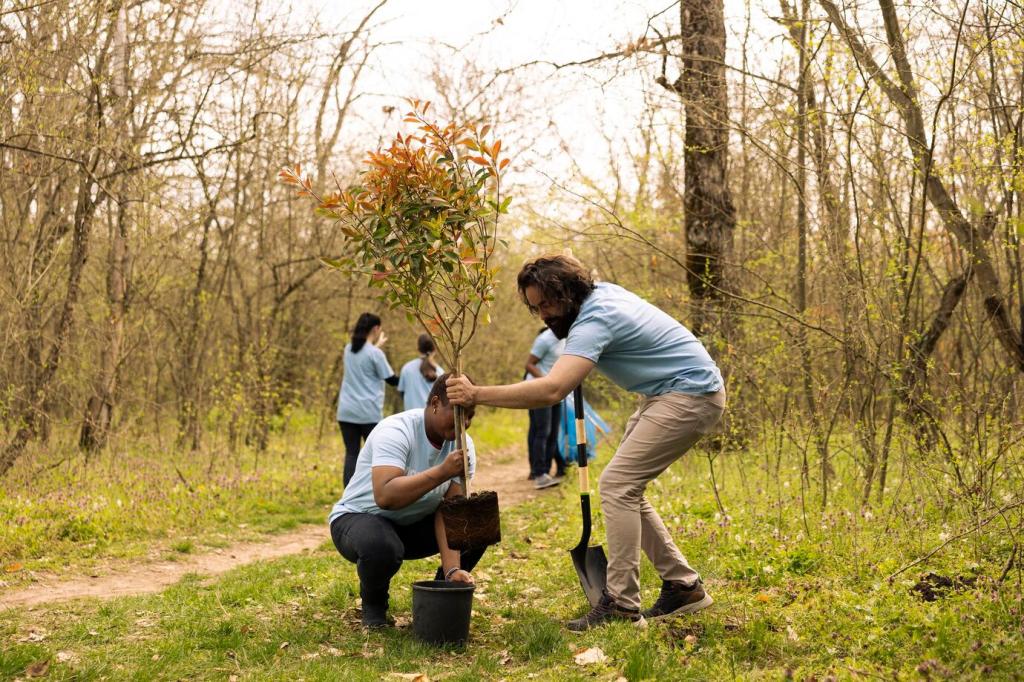
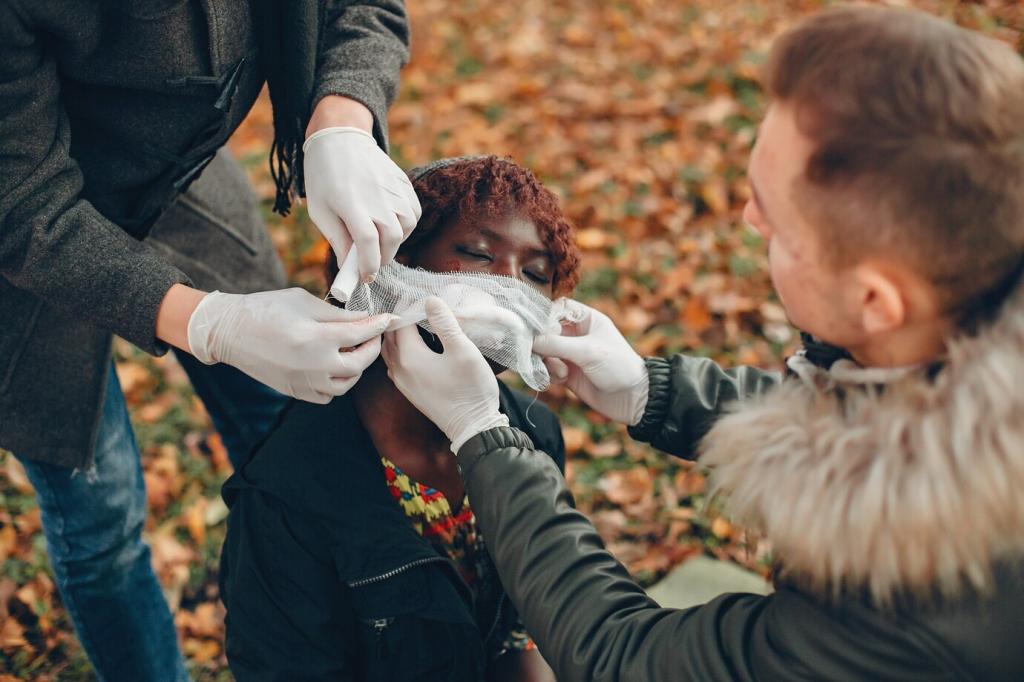
Designing for floods and picnics together
Soft edges, planted terraces, and gentle slopes welcomed seasonal flows without fences. Families now picnic where water recedes, while rangers interpret shifting habitats. Safety signage and smart monitoring quietly backstop everyday enjoyment.
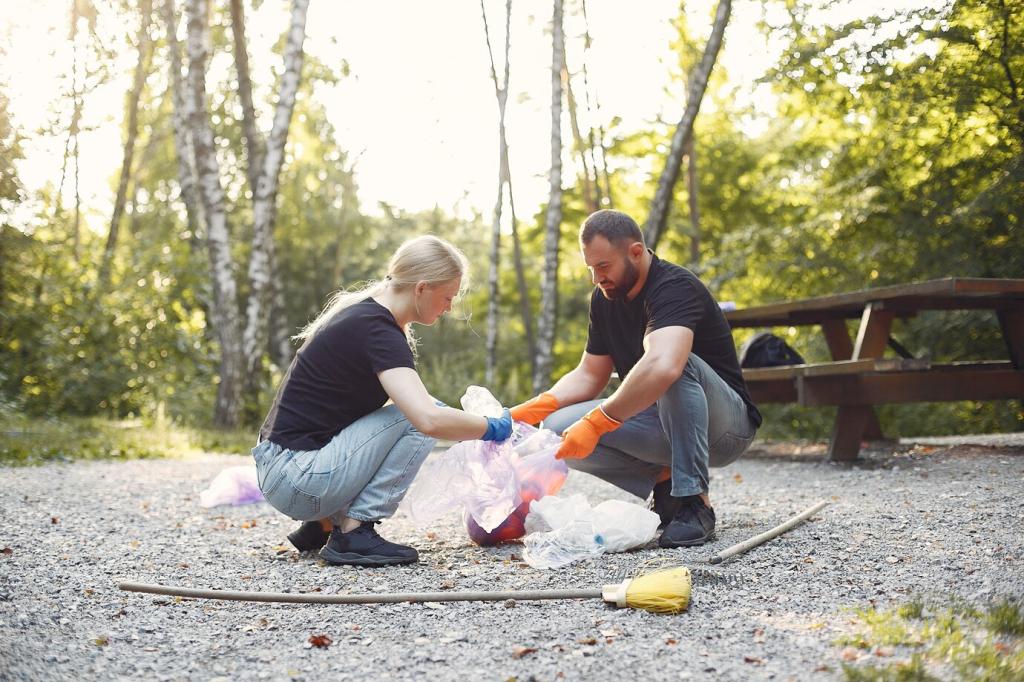
Community pride grows with every bend
Morning joggers wave to birders; children learn that rivers change shape and mood. Volunteer gardeners catalogue native species, and neighbors report litter in minutes through simple apps, keeping shared ownership palpable and practical.
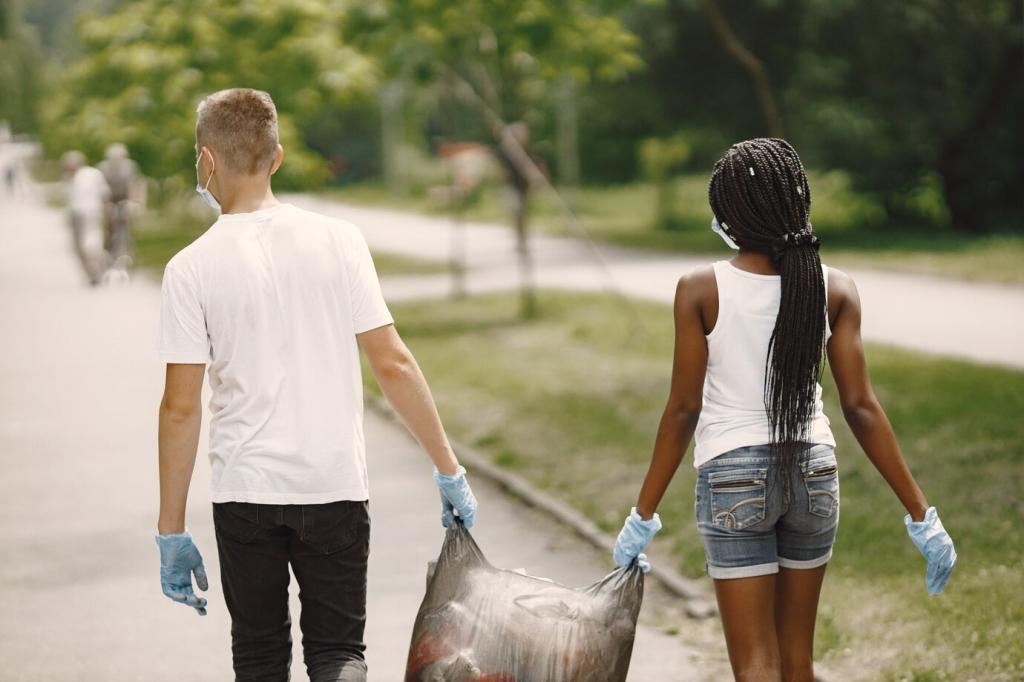
Try a micro-meander in your neighborhood
Could a school drain become a tiny wetland? Map your runoff, sketch curves, and gather photos of dull concrete. Share your prototypes with us, comment below, and subscribe for grants, templates, and mentoring opportunities.
Kaikondrahalli Lake, Bengaluru: Stewardship in Action
A guardianship model built to last
Residents formalized a lake trust, negotiated desilting, and installed wetlands at inlets. Rotating volunteer shifts, simple signage, and open-budget meetings kept momentum steady, even when funding dipped or monsoons arrived late.
Nature returns, livelihoods stabilize
Lotuses spread, egrets stalk, and local vendors sell chai near sunrise. Fishers report cleaner catches, and schools bring classes for science walks, rooting stewardship in everyday commerce, curiosity, and pride.
Your lake, your checklist
Test inlet water monthly, block sewage connections, and plant native buffers. Publish your data, tag us with before–after photos, and join our newsletter to swap designs, pitfalls, and maintenance hacks with peers.


Madrid Río and the Manzanares: Reuniting a City with Its River
Construction was disruptive, yet outcome transformed commutes into strolls and made crossings delightful rather than dutiful. New bridges act as plazas, proving mobility can invite lingering instead of merely moving people through.
Madrid Río and the Manzanares: Reuniting a City with Its River
Selective removal of weirs and new plantings slowed water, creating riffles and shade. Cormorants and herons returned, reminding everyone that rivers recover quickly when given room, light, and patient, science-led maintenance.
The Thames, London: From 'Biologically Dead' to Resilient and Celebrated
Targets were clear, timelines public, and labs verified progress openly. Industries upgraded discharge practices, and citizens learned river etiquette, proving grand recoveries are stitched from many unglamorous, repeated, measurable acts.
The Thames, London: From 'Biologically Dead' to Resilient and Celebrated
Rowers slice dawn fog; commuters pause on bridges to spot cormorants drying wings. Festivals, cleanup days, and tide walks weave stewardship into calendars, making care habitual rather than occasional.
The Thames, London: From 'Biologically Dead' to Resilient and Celebrated
Support riverside pathways, safer swimming zones, and data transparency. Share your riverside story below, invite a friend to join a cleanup, and subscribe for seasonal challenges that turn intention into shared action.
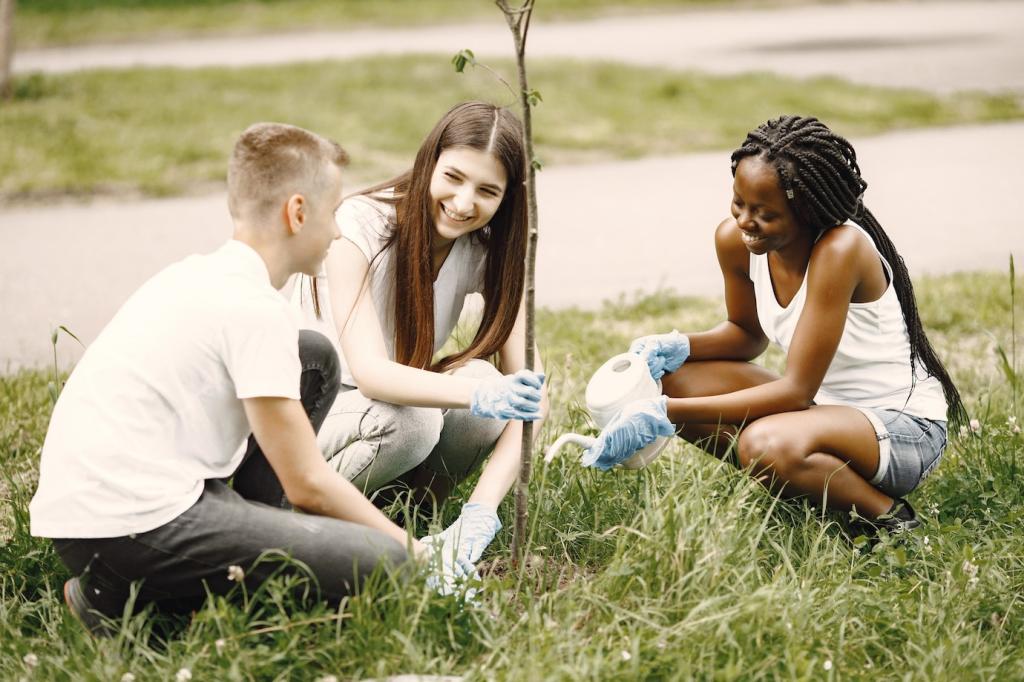
Unearthing history to make a future
Archaeologists catalogued artifacts as excavators revealed the old channel. Designers layered habitat pools and seating, letting office workers, herons, and students share space, season after season, without stepping on each other’s needs.
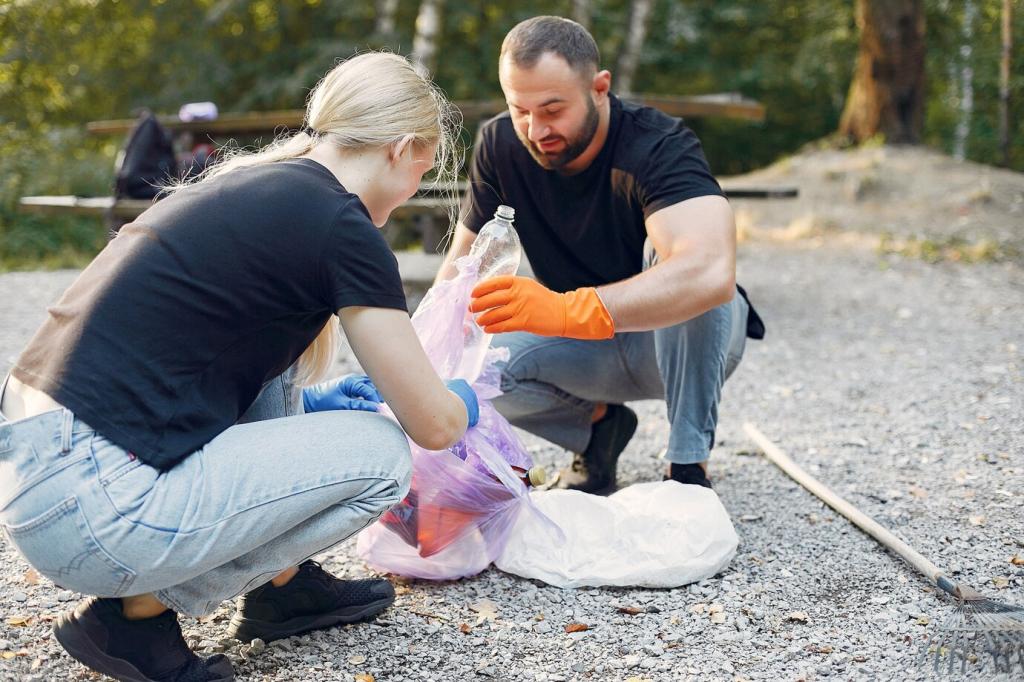
Economic ripples, ecological flows
Cafés arrived, vacancies shrank, and storm surges found room to spread safely. Monitoring showed macroinvertebrates returning, a humble but telling sign that the food web was knitting itself back together.

Your turn: find a buried stream
Check historic maps, walk alleys after rain, and listen for grates murmuring. Post your clues, invite neighbors to a chalked pop-up plan, and subscribe for toolkits that help daylight small reaches responsibly.
